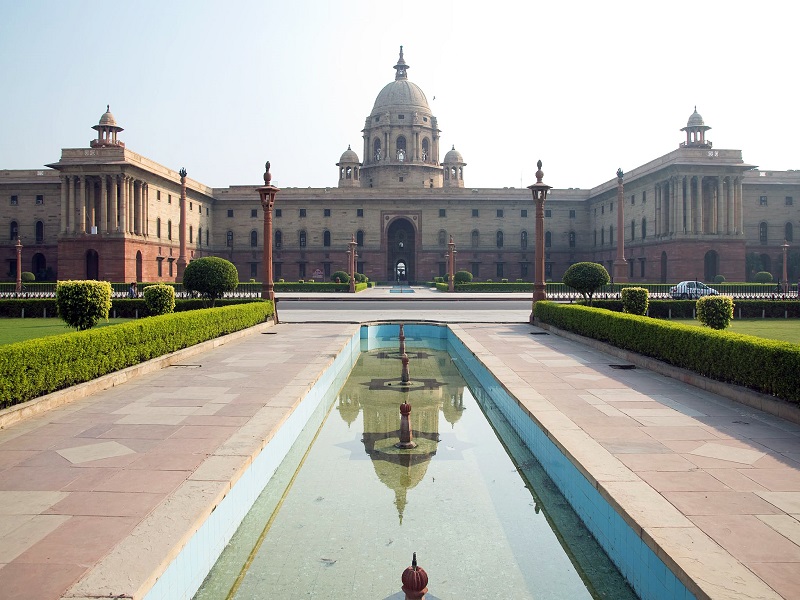Following the order from the Supreme Court (SC) of India resulting from public interest litigation (PIL) filed by advocate Vijay Panjwani in April 2013, the Government of India has blocked 857 pornographic websites.
Also Read: Backpage Accepts Bitcoin as Visa, MasterCard Set Embargos
The PIL filed by Vijay Panjwani sought curbs on these websites, especially the ones showing child pornography, and gave a list of 857 websites. Taking the action, the SC gave directive and asked for measures to block porn sites, particularly those dealing with child pornography. Complying with the directive, the Department of Telecom issued a notification where it advised internet service licensees to disable content on 857 websites.
The notification says:
“The content hosted on these websites relates to morality and decency as given in Article 19(2) of the Constitution of India.”
The government has changed its stance on the issue since last year, when it said blocking these websites was not feasible, given that these sites are hosted outside India. In case of any ban, these sites can be relocated within hours to bypass the restrictions. In December 2014, the government approached telecom providers and internet service providers to help identify such sites, but the service providers did not cooperate. Consequently, the government went ahead and identified 857 websites themselves.
Interestingly, India is one of the largest consumers of pornographic material; according to data from Pornhub, one of the world’s biggest porn sites, India ranks fifth for the most daily visitors to the website. The website saw a total of 78.9 billion video views globally in 2014.
Porn Ban is Temporary, Says Department of Telecom
According to a senior official from the Department of Telecommunications, the ban is a temporary measure until the final order is announced by the apex court on August 10, 2015. It has also come to light that the government is looking at setting up an ombudsman to oversee cyber content, which will have representatives from NGOs, child activists and the government. The DoT official said:
“There has to be some kind of regulatory oversight away from the government intervention… An ombudsman might be set up for overseeing cyber related content issues.”
Are Such Bans Effective in the Era of Proxies and VPNs?
Circumventing the ban is easy with virtual private networks (VPNs) and proxies. Even those who don’t know how to get through the block can do a little Google research on how to unblock porn websites and get a fair idea about the entire process. Though the government can keep up with proxies and block them as well, proxies change on a daily basis, with dozens of functioning proxies to choose from across the internet. Blocking all of them will be a near impossible task.
Has India gone too far with this ban? Let us know in the comments below!
Images: Wikipedia, Flickr, HackTricks
